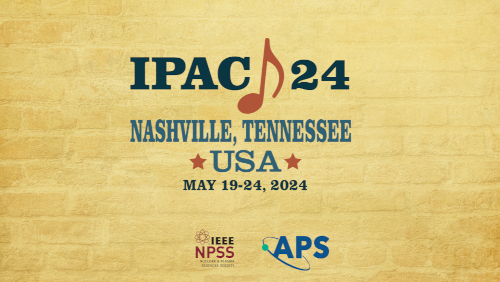Speaker
Description
The LANSCE H- Ion Source utilizes a cesium coated converter to induce H- surface conversion. To achieve an optimal cesium coating, a heated cesium reservoir and transfer tube vaporizes cesium onto the converter surface. An initial coating of cesium is done via an initial cesium transfer. During this process, the cesium heater is brought to a high initial temperature (250°C) and is slowly lowered to the operational temperature (~190°C) over six hours, followed by a static conditioning for another 18 hours to get the cesium converter coating optimal for H- surface conversion. Any reduction in the 24-hour cesium transfer process would allow more for experimental time for LANSCE experiments. Thus, there is high value in seeking to reduce the initial Cs transfer time. The LANSCE H- Ion Source Laser Diagnostic Stand was recently utilized to take cesium density measurements inside the H- Ion Source as a function of cesium reservoir temperature. A comparison of the measured cesium densities to the theoretical cesium vapor pressure values will be presented. Also, results using the measured cesium densities to calculate and run a faster cesium transfer process will be discussed.
| Region represented | North America |
|---|---|
| Paper preparation format | LaTeX |

